Origin and Development
The Macchi C.200 Saetta is considered to be the best aircraft among Italy’s first modern generation monoplanes designed in the 1930s for the Regia Aeronautica.
In 1936 the Ministry for Aviation issued a request to the industries to develop a monoplane fighter with retractable landing gear, full metal construction and equipped with the FIAT A74 R.C.38 radial engine.
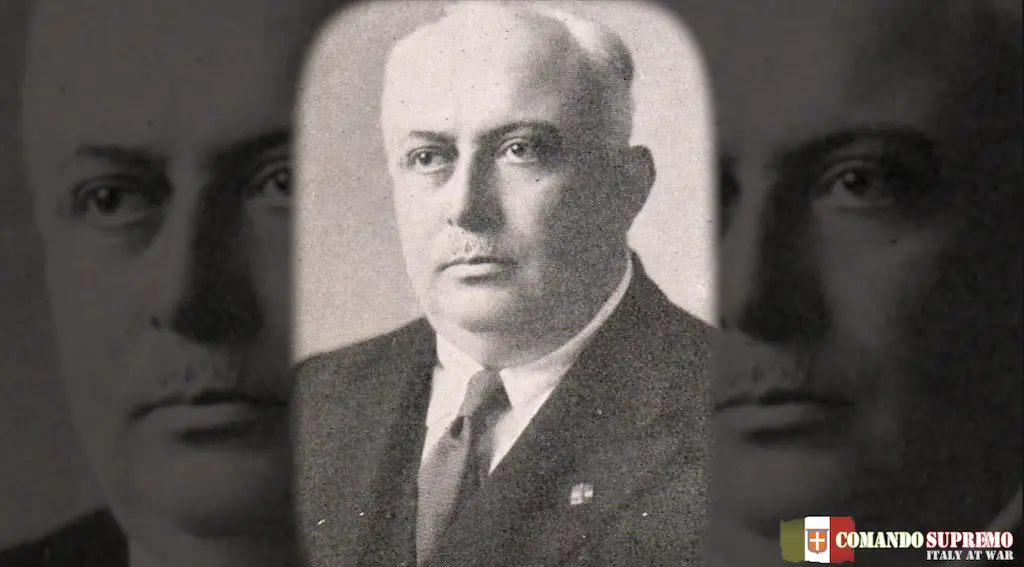
Aircraft engineer Mario Castoldi designed the Macchi C.200, C.202, and C.205.
Mario Castoldi
The Macchi M.C. 200 Saetta (Arrow) was designed by the renowned engineer Dr. Mario Castoldi, the designer of legendary seaplanes such as the M.39 and M.C. 72. Castoldi previously designed racing seaplanes for the Schneider Trophy races. In 1934, his MC.72 captured two world speed records, including one for a seaplane with a top speed of 440.68 mph. That record lasted until 1984.
Dr. Castoldi started designing this aircraft in the mid-1930s after Italy’s East Africa campaign. The first prototype, named the Macchi M.C. 200, flew on 24 December 1937. The M.C. stood for its designer, Mario Castoldi. In the following months, the prototype underwent several modifications because it was noted that the plane tended to turn upside down when making tight turns beyond 90°.
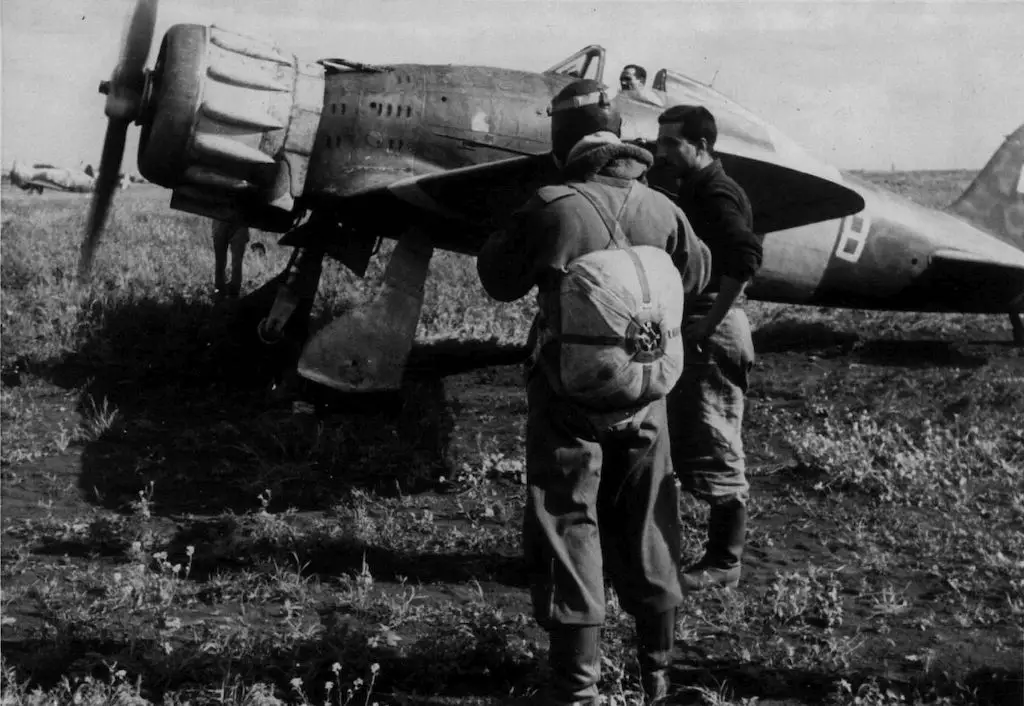
Macchi C.200 Saetta of the 382 Squadriglia, Stalingrad, Russia, 1942.
Generally, the M.C. 200 proved to be a robust fighter with high maneuverability and climb speed. The horizontal max speed was not exceptional due to the weak engine and the armament was scarce. The fighter only had two 12.7 machine guns which fired through the propeller.
Several other prototypes were presented to the Ministry of Aviation, the Fiat G.50, the Reggiane RE.2000, the Caproni Vizzola F5, the AUT 18 and the IMAM Ro. 51. The M.C. 200 won the production contract in 1938 and immediately ordered a number of aircraft. The FIAT G.50 lost the contest, but it was nonetheless ordered into production as well, most likely because the biggest company of the country could not be “disappointed”. On many other occasions, the Regia Aeronautica proved to incapable of choosing one single aircraft for a specific role and thus three or four similar airplanes were contemporarily used in the same role, complicating the already flawed logistic chain.
Features
The first series of M.C. 200 produced had a closed cockpit but soon the pilots requested it to be modified since it caused problems when ejecting with the parachute. Soon the cockpit was modified and left open while the wings undertook further modification in order to definitively solve stability issues.
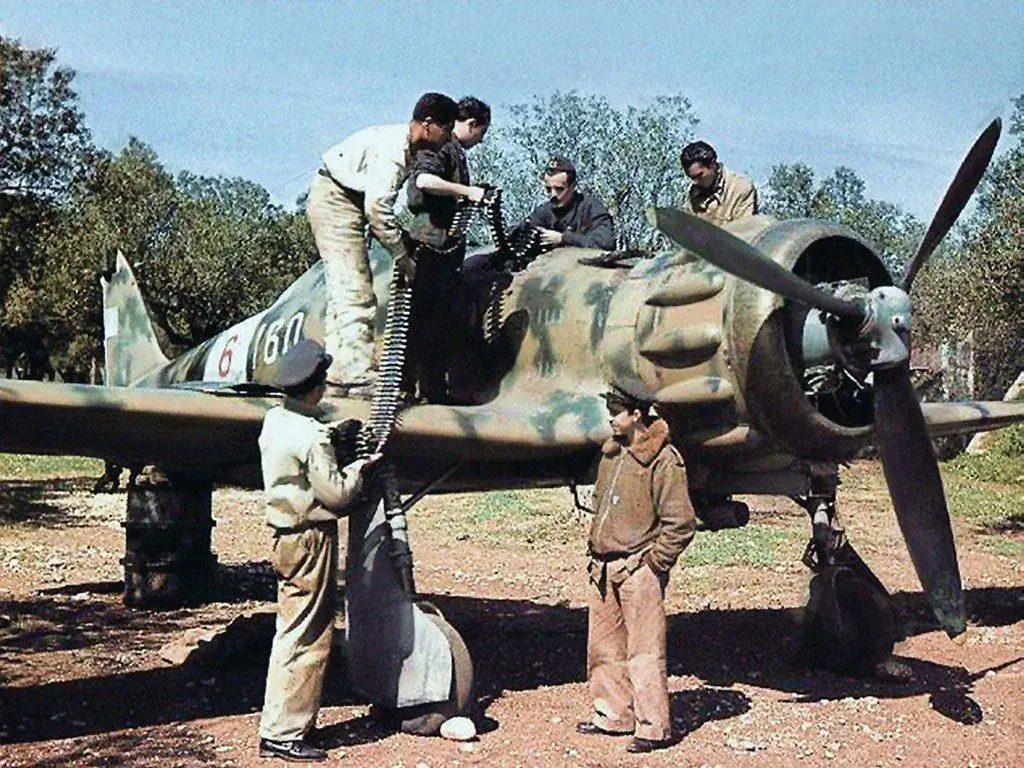
Ground crew adding ammunition to the C.200 Saetta.
The Saetta was a low wing monoplane of all-metal construction except for fabric tail control surfaces. Power was provided by the Fiat A.74 RC.38 radial engine of 870 hp. It provided a top speed of 313mph, a range of 350 miles and a service ceiling of 29,200 ft.
Operational History of the Macchi C.200
When Italy entered the war on 10 June 1940 there were 144 Macchi C.200 available for operations. Until late 1941 the “Saetta” was the frontline fighter of the Regia Aeronautica. It operated on all fronts, with the exception of the short Italian intervention in the Battle of Britain in late 1940.
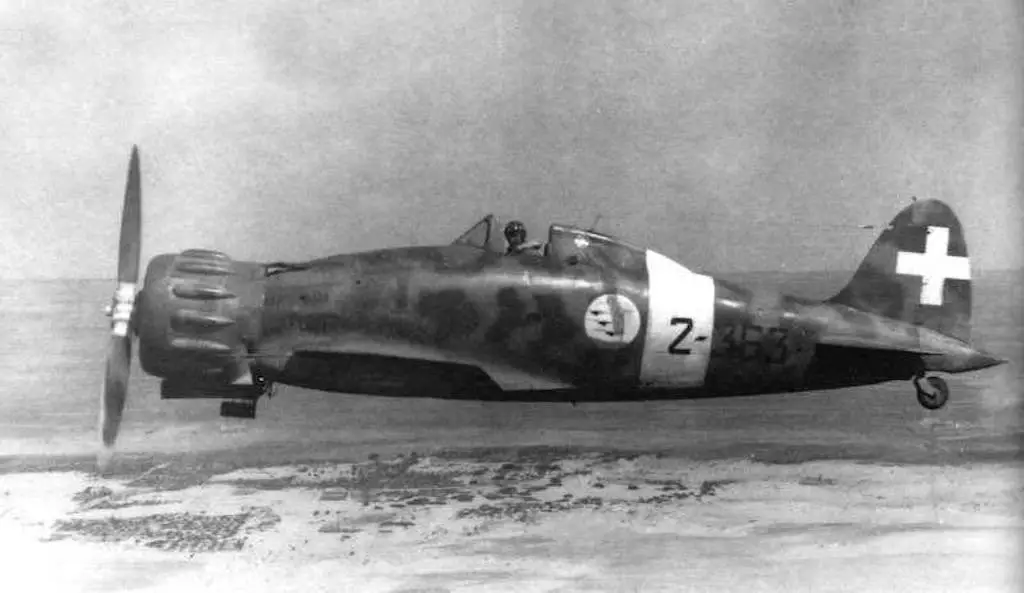
After a short appearance in the skies of France, the M.C. 200 saw action over Malta escorting bombing missions. It also saw service on the Greek-Albanian front performing similar duties.
In April 1941 the first Macchi C.200 arrived in North Africa. They fought in a number of air campaigns during Rommel’s first advance into Cyrenaica. In this period the “Saetta” clashed with the Hawker Hurricanes of the Western Desert Air Force. The Saetta proved to be an equal opponent for the legendary British fighter.
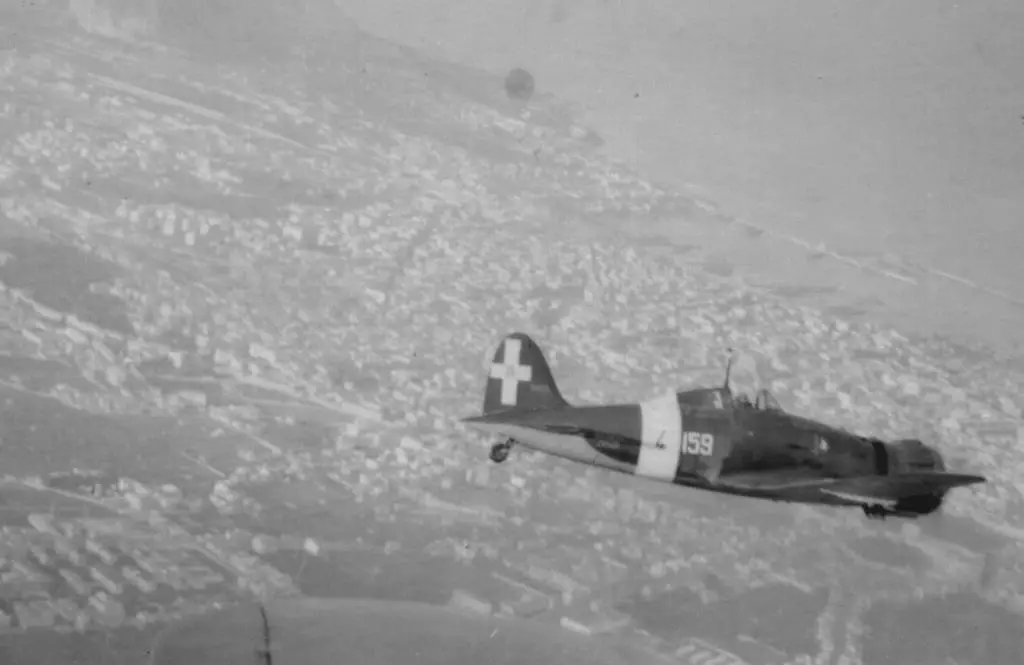
A view of the C.200 Saetta in the air. Image: Private collection of Riggio family.
When Benito Mussolini decided to send an expeditionary corps in the Soviet Union to support the German ally, a small air force in support of the army was assembled. A number of bombers and transport planes were assigned to this front together with the 22° autonomous fighter group, which was equipped with 51 M.C. 200 Saetta. This small contingent was tasked with tactical support and escort missions. It was clearly a tiny effort in the gigantic theatre of operations of the Eastern front. Against the odds, the Italian pilots fought bravely in extreme conditions.
On the Eastern Front, the Saetta shot down a total of 88 enemy planes and destroyed another 50 on the ground for the loss of only 15.
The fighters returned to Italy in early 1943.
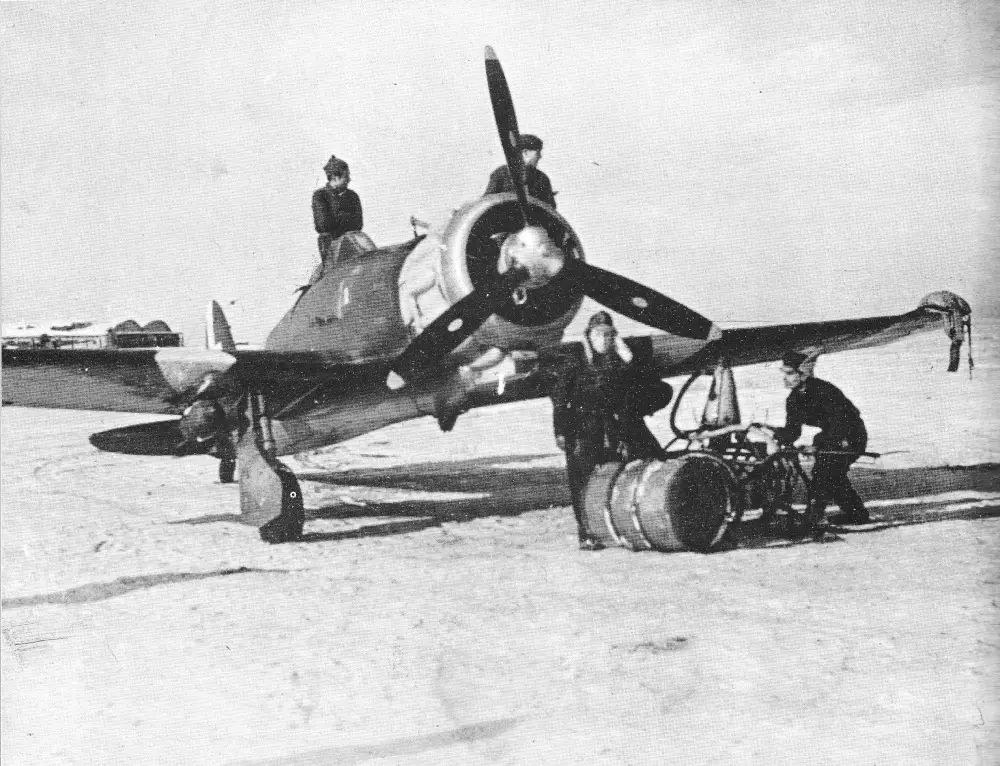
A Saetta on the eastern front in Russia, 1942. Notice the two 100 kg bombs strapped to the wings.
Gradual Reduction to Secondary Roles
The rapid aging of the M.C. 200 and the appearance of the modern M.C. 202 “Folgore” led to its progressive withdrawal from frontline service to home defense and patrol duties. The last notable operational activities of the M.C. 200 were the intercepting missions of allied bombers on Italian soil. At this point in the war, the ranks of the Regia Aeronautica were extremely depleted, and the industry could not compensate for the losses and the operational needs.
In 1943, after the Axis surrender in Tunisia, the Regia Aeronautica devoted all its effort in defending the Italian airspace and the last surviving M.C. 200 were committed into action.
After the declaration of the Armistice on 8 September 1943, 52 M.C. 200 were still operational. Most of them later saw service with the Italian Co-belligerent air force fighting alongside the allies. The Republican National Air Force utilized a handful of these planes as training aircraft.
By the end of the war, 1153 Macchi C.200 had been constructed, being the third most-produced Italian fighter (behind the Macchi C.202 and the Fiat CR.42) of the war. It saw service on almost every front and was able to fight on equal terms against early war allied fighters.
M.C. 200 Specifications
| Model | Macchi C.200 |
|---|---|
| Crew | 1 |
| Powerplant | (1) Fiat A.74 R.C.38 14-cylinder air-cooled radial engine 870 hp |
| Maximum Speed | 313 mph (504 km/h) |
| Max Ceiling | 29,200 ft (8,900 m) |
| Range | 350 miles (570 km) |
| Length | 27 ft 1 in (8.25 m) |
| Height | 10 ft (3.05 m) |
| Weight | Empty: 4,330 lb (1,964 kg) Max: 5,280 lb (2,395 kg) |
| Wing Area | 181.0 Sqft (16.82 m2) |
| Wingspan | 34 ft 9 in (10.58 m) |
| Armament | (2) 12.7 mm Breda SAFAT machine guns (400 RPG) under fuselage Some modified C.200 can carry: (8) 15 kg (33 lb), (2) 50 kg (110 lb), (2) 100 kg (220 lb), or (2) 150 kg (330 lb) bombs under the wings |
Sources
Angelucci E., Matricardi P., Aerei da combattimento della Seconda Guerra Mondiale (2001).
Sgarlato N., La Regia Aereonautica nella Seconda Guerra Mondiale (2000).
